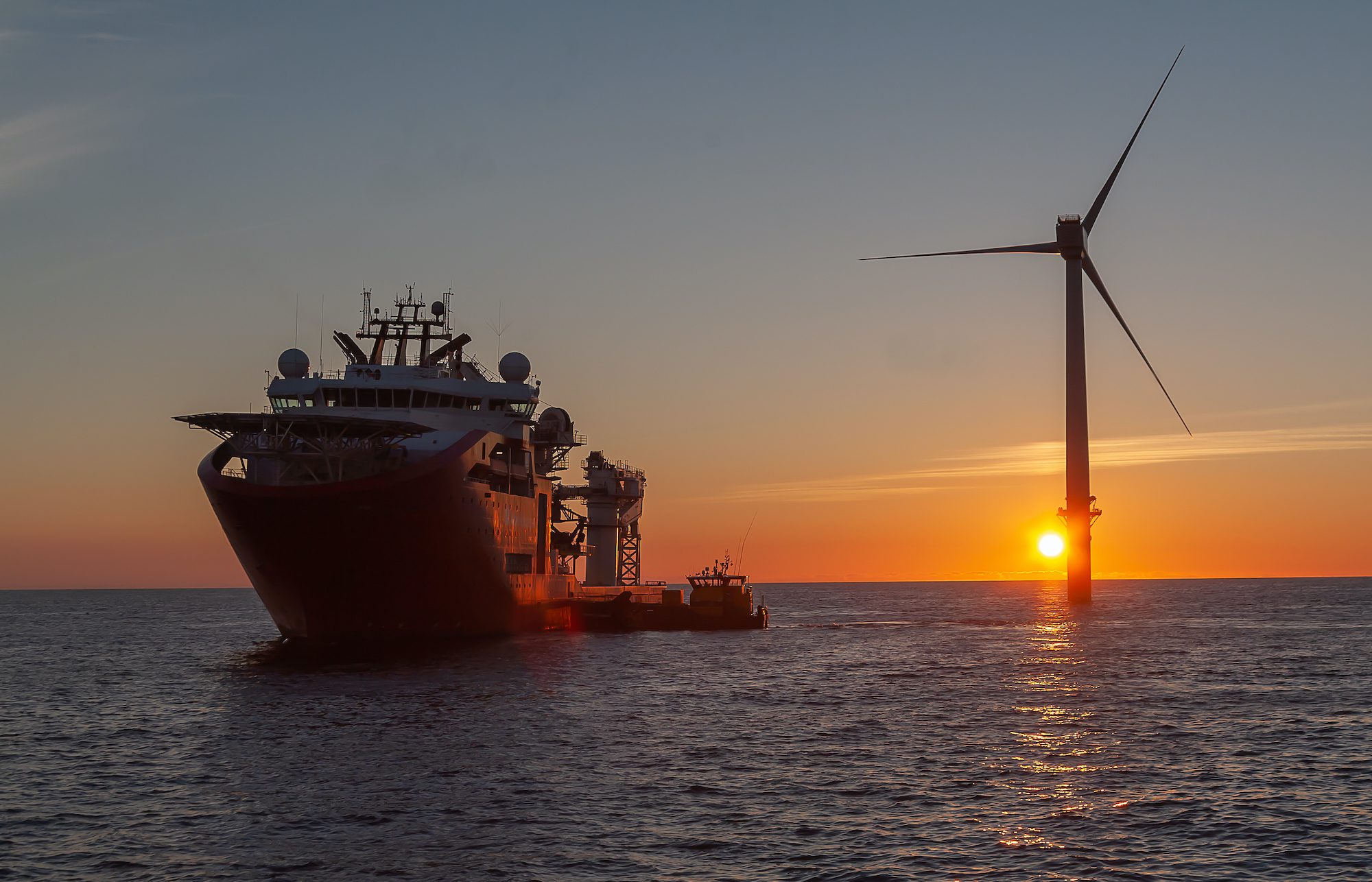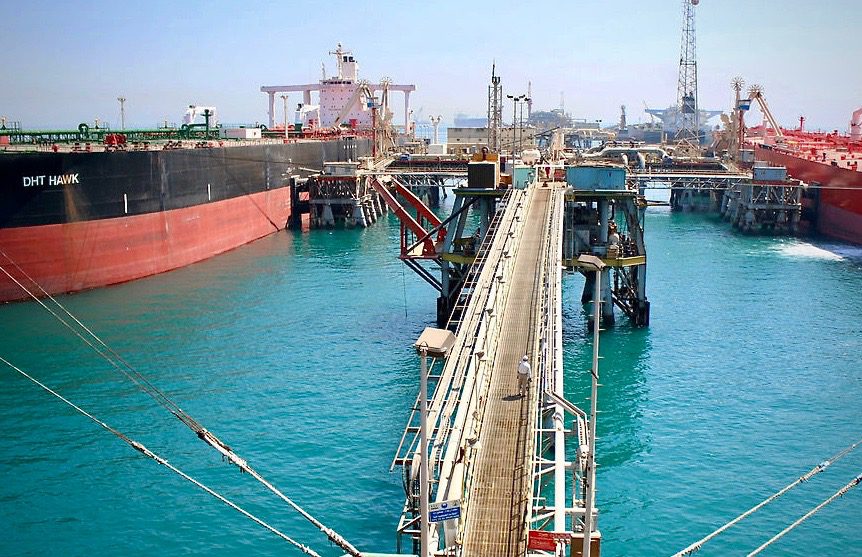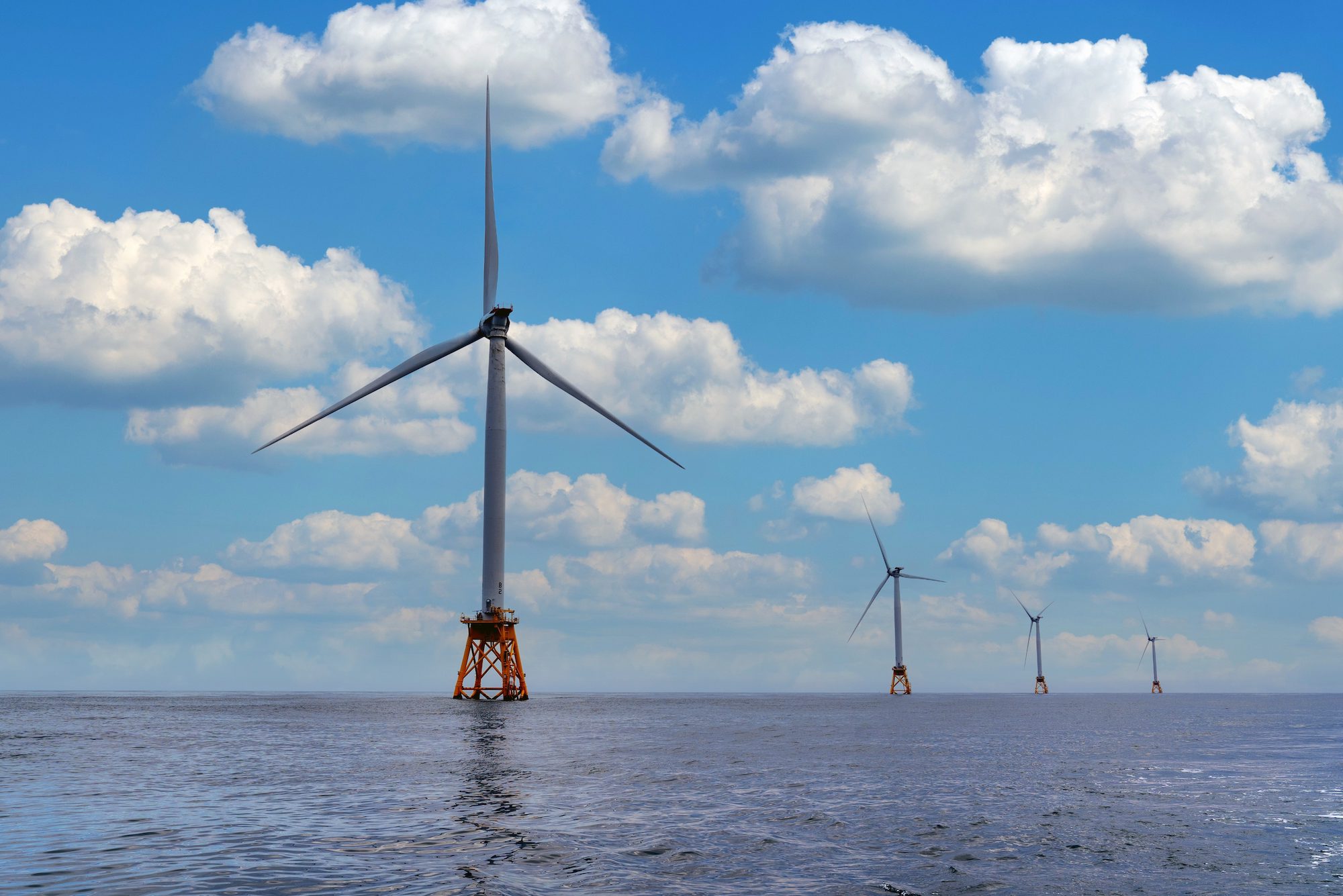(Bloomberg) —
Offshore wind projects are facing an economic crisis that erased billions of US dollars in planned spending this week — just as the world needs clean energy more than ever.
A unit of Spain’s Iberdrola SA agreed to cancel a contract to sell power from a planned wind farm off the coast of Massachusetts. Danish developer Orsted A/S lost a bid to provide offshore wind power to Rhode Island, whose main utility said rising costs made the proposal too expensive. Swedish state-owned utility Vattenfall AB scuttled plans for a wind farm off the coast of Britain, citing inflation.
Soaring costs are derailing offshore wind projects even as demand for renewable energy soars. Extreme heat driven by climate change is straining electric grids all over the world, underscoring the need for more power generation — and adding urgency to calls for a faster transition away from fossil fuels. In Europe, the move to reduce reliance on Russian oil and gas has also given clean-energy projects momentum.
“Energy coming from these projects is desperately needed,” Helene Bistrom, the head of Vattenfall’s wind business, said on an earnings call this week. “With new market conditions, it doesn’t make sense to continue.”
Together, the three affected projects would have provided 3.5 gigawatts of power — more than 11% of the total offshore wind fleet currently deployed in the waters of the US and Europe. And the numbers could soon expand. At least 9.7 gigawatts of US projects are at risk because their developers want to renegotiate or exit contracts to sell power at prices that they say are now too low to make the investments worth it, according to BloombergNEF.
The jettisoned projects are the latest signs of stress for offshore wind farms that use turbines larger than skyscrapers to harvest power from the sea air, where winds are most powerful and consistent. Soaring materials costs, particularly for steel, forced turbine makers to raise prices. Costs of other key services, like specialized vessels to install the turbines, have jumped sharply as well. And rising interest rates mean that it’s more expensive to take on debt.
That doesn’t mean investment has ground to a complete halt. Some projects in the US and the UK are still going ahead, despite cost increases. And earlier this month, oil majors BP Plc and TotalEnergies SE bid €12.6 billion ($14 million) to develop offshore wind farms in Germany’s North Sea. But canceled and delayed projects show that if governments are committed to offshore wind, they’ll have to pay more to get it.
Capital costs and prices for turbines, cables and other equipment have “gone up sharply,” Mads Nipper, chief executive officer at Orsted, said in a post on LinkedIn. “This means that price of renewable energy regrettably must come up temporarily after years of steep decline.”
While some of the projects could still go ahead in the future, they would need to be able to secure higher power prices to make investments viable. Any delays mean more reliance on fossil-fuel generators that contribute to climate change, putting goals to cut emissions further out of reach.
Offshore wind is critical to decarbonization goals. The massive size of turbines at sea make them one of the most efficient ways to generate renewable electricity. In the US, each megawatt of installed capacity of offshore wind farms could produce as much as triple what a solar park would generate, according to data from BloombergNEF. In cloudy Britain, the wind farms produce five times more electricity than a similar-sized solar farm.
That’s led governments around the globe to set ambitious targets to scale up deployment. President Joe Biden aims to have 30 gigawatts of offshore wind farms installed in the US by the end of the decade, up from basically nothing today. In Europe, nations including the UK, Germany and the Netherlands vowed earlier this year to reach a combined 120 gigawatts of wind power by 2030, more than quadruple the current capacity.
But with governments still intent on seeing their green goals deliver cost reductions for consumers, it’s not clear how they can achieve that kind of expansion.
“The announcement from Vattenfall to halt the development of the Norfolk Boreas wind farm signals the beginning of what could become a genuine crisis,” said Megan Smith, associate director of offshore wind at the Carbon Trust. “Policymakers must take note and swift action to ensure further developers and wind farms do not follow the same path.”
© 2023 Bloomberg L.P.

 Join The Club
Join The Club











